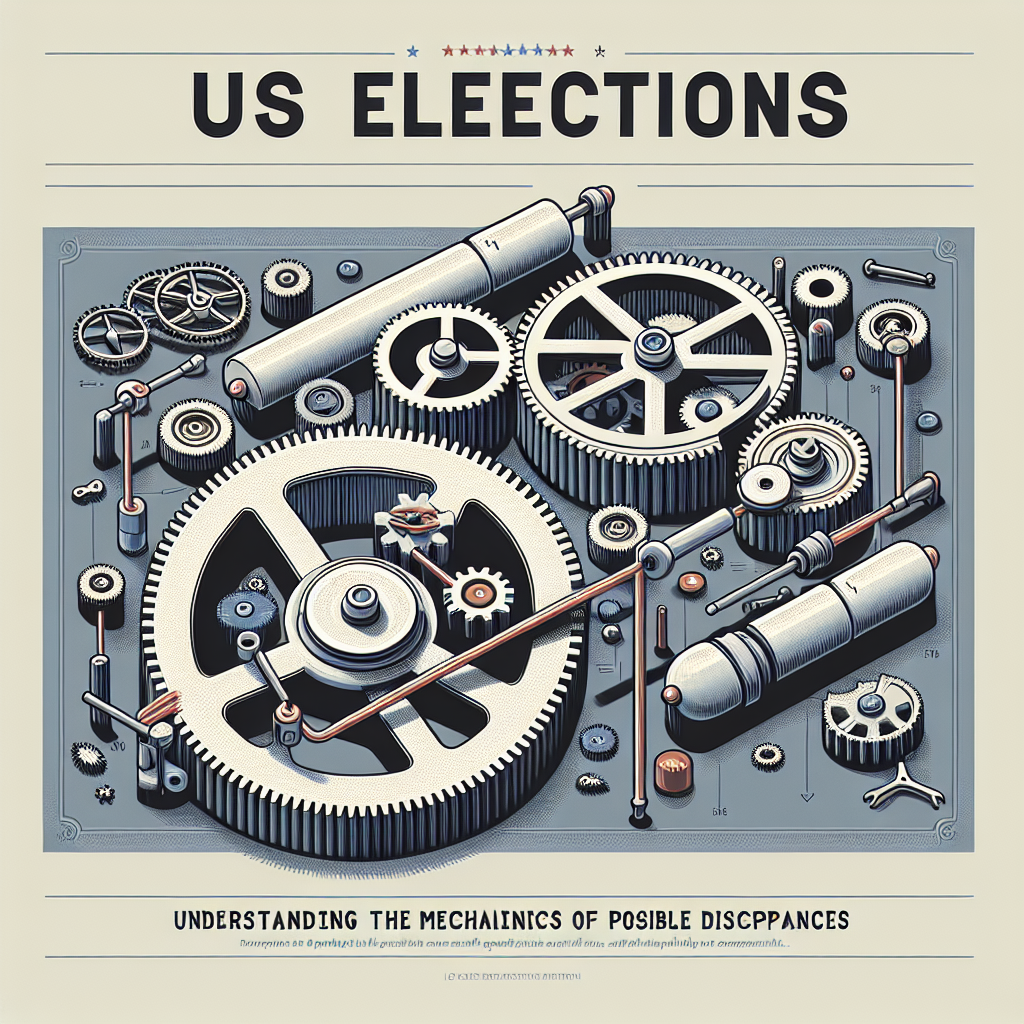The presidential election system in the United States is governed by a series of complex processes involving the two major political parties—Republicans and Democrats. Each party selects its presidential candidate through primary elections, which take place across all 50 states. The methodology for these primaries can vary significantly from state to state, ranging from secret ballots to open caucuses. In some cases, only registered party members can participate in the caucus, while in others, non-party members or even individuals from opposing parties are allowed to vote. This diversity of rules leads to varying levels of engagement and strategic maneuvering in the candidate selection process.
The outcome of the primaries directly influences the allocation of delegates, who will then represent their states at the national convention of their respective parties. Each candidate’s success in the primaries is quantified through the number of delegates they receive. The national convention is a significant event, where delegates, including super-delegates—prominent party figures with the freedom to vote for any candidate—convene to officially select the party’s presidential nominee. This dynamic can lead to unexpected outcomes, where the influence of super-delegates may alter the course determined by the primary elections.
After the parties name their presidential candidates, the general election takes place. However, voters do not directly elect the president; they elect a group of electors who will cast their votes for the candidates. These electors, known as Grand Electors, total 558 in number, and a candidate needs a minimum of 270 electoral votes to secure the presidency. While electors are generally expected to vote according to the choice of their party, the U.S. Constitution does not mandate them to do so, which introduces a layer of unpredictability into the election outcome.
The distribution of Grand Electors is calculated to benefit smaller states, creating stark disparities in representation. For instance, Wyoming has one Grand Elector for every 194,000 residents, while California has one for every 723,000. This disproportionate representation can lead to scenarios where a candidate wins the presidency while receiving fewer popular votes nationwide. Such electoral dynamics enable political strategists to engage in tactics like influencing opposing party caucuses to block a candidate viewed as a threat, showcasing the maneuverability within the system.
In terms of the voting mechanism, there is currently no federal law mandating voter identification. For example, California has implemented regulations that allow voters to cast their votes without presenting identification. The 2020 elections saw a notable surge in mail-in voting, which rose to over 66 million ballots, compared to 28 million in 2016. The diversity of voting methods, especially the significant reliance on electronic voting machines—required by a 2002 law—raises concerns about the integrity of the election process.
Despite the presence of voting machines, there are no standardized regulations ensuring their security, leading to vulnerabilities. Approximately one-quarter of voters cast paper ballots, while the rest use electronic systems that may or may not provide a reliable paper record of the votes. This opens the door to potential fraud, as ballots submitted by mail can be handled by private personnel, who may have their own vested interests. Additionally, the manipulation of electronic voting machines has been illustrated in academic scenarios, such as those conducted by Professor Alex Halderman, who has depicted how votes can be altered through programming tricks. These concerns prompt ongoing discussions about the need for more rigorous standards and regulations in the electoral process to protect the integrity of U.S. elections.

